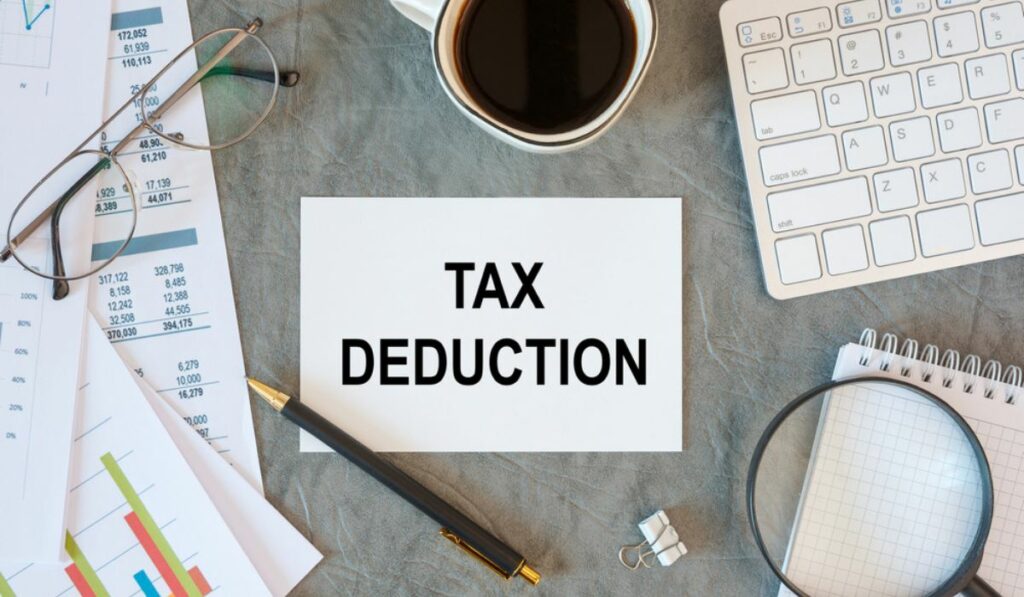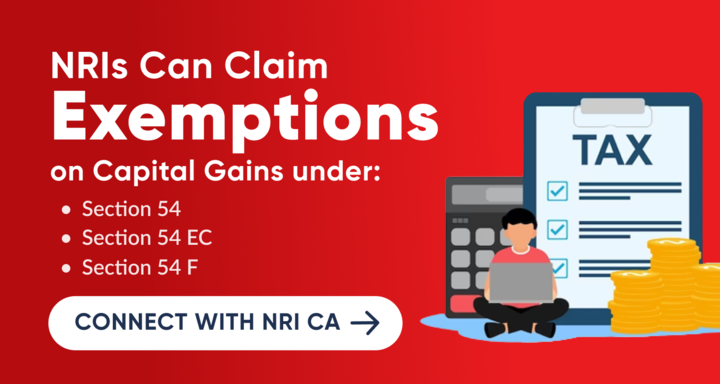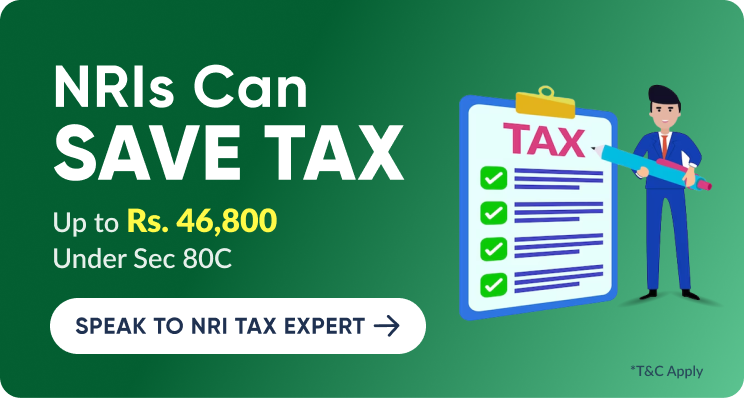Many NRIs invest in real estate in India and when they have a good offer from a buyer, they tend to sell it. One of the important things to consider here is the tax liability. For an Indian resident, the tax is deducted at 1% of the sale consideration if such transaction’s value is Rs. 50 lakhs or more. Whereas for NRIs, the tax is deducted at 20% of the sale consideration irrespective of the transaction value of the property. This is a genuine concern for the NRIs. However, NRIs can apply for Income Tax Form 13 for lower deduction certificate. This article explores in detail about Form 13 i.e lower TDS Certificate provisions and procedures.
NRIs can apply for Lower Deduction Certificate for Financial Year 2023-24 from 28th Feb 2023.

TDS on Property Sale Transactions by NRIs
1. In some situations, the Tax Deducted Source (TDS) might be higher than the recipient’s actual tax liability. This is very common for NRIs in the case of the sale of immovable property, wherein TDS gets deducted at the rate of 20% on the entire sale value instead of being deducted on the amount of capital gains value only.
2. For Non-Residential Indians (NRIs), the TDS is governed by Non-Resident TDS provisions i.e. Section 195.
3. Under Section 195, TDS rates apply at the maximum rates on the sale amount of property. The tax liability on the sale of your property in India depends on the period of time for which the property has been held.
4. If the property is held for a long-term (more than 2 years), then the applicable rate is 20% along with the applicable surcharge and cess. Whereas, if the property is held for a short term (2 years or less), then the TDS rate applicable is according to the income tax slab rates of the seller.
| Particulars | Tax Rate |
|---|---|
| Short Term Capital Asset | Income tax slab rates of the seller |
| Long Term Capital Asset | 20% + surcharge (if applicable) + cess at 4% |
However, to avoid higher TDS rates, the Income Tax Act provides Form 13 for Lower Tax Deduction Certificate, also called as TDS Exemption Certificate.

Income Tax Form 13 for Lower Tax Deduction Certificate for NRIs
For no tax deduction or tax deduction at a lower rate, NRIs can apply for the Lower Tax Deduction certificate with the Jurisdictional Income Tax Authority. They can do so by applying Form 13 online from the Income tax department.
How to File Lower TDS Certificate for NRIs in case of Property Sale?
Listed below are the documents required to file lower TDS certificate:
- Authority Letter to CA
- Details of number of days spent in India along with copy of passport and visa entry and exit stamps
- Provision income details for the financial year for which Form 13 has been applied for
- Income details for the past 3 Financial Years
- Sale Agreement/ MOU for proposed Sale
- Stamp duty valuation certificate for the property
- Sale Deed at the time of purchase of property
- Any other ownership proof eg. possession letter from builder/ share certificate/ allotment letter
- In case of Joint property – proof of share of each person
- In case of Inherited property – Copy of will / share certificate
- If property purchased before 01.04.2001, then SRO MV certificate (or Govt approved valuer certificate with copy of ready reckoner page used) as on 01.04.2001
- If claiming exemption u/s 54, allotment letter/ agreement with payment proof/ bank statement/ CGAS investment proof
- In case any advance received by taxpayer – copy of bank statement showing receipt of advance along with proof of payment of TDS, if any
- Details of Any other immovable property held – in case claiming exemption under section 54 and other related exemptions
- Proof of jurisdiction of assessee

Note: This is the list of basic documents. An NRI taxpayer will need to submit additional documents to apply for lower deduction certificate. The NRI tax expert at SBNRI helps NRI clients procure additional documents and drafts a petition required to apply for Income Tax Form 13 for lower deduction certificate.
Post Submission of Form 13
- Form 13 is processed and is reviewed by the AO (Assessing Officer).
- The AO reviews the details and documents.
- Post AO approval, the application is forwarded to Addl CIT (Additional Commissioner of Income Tax.) for his approval.
- After the approval by Addl CIT, the application is then sent to CIT for final approval.
- Post approval by CIT, the application is successfully completed and the process of generating the lower TDS certificate is initiated.
- Once the certificate is generated, it can be downloaded from the applicant’s TRACES portal.
Form 13 Processing Time: Time Taken for processing the NRI Property Sale Lower TDS Certificate
The whole process might involve 15 to 45 days time. Therefore, the NRI must make sure that he/she applies at least 15-45 days before selling the property.
Form 13 India: Validity of Lower Deduction Certificate
A lower deduction certificate is issued for a particular financial year. It holds its validity from the date of issuance till the end of the relevant financial year unless canceled by the Assessing Officer (AO) before its expiry.
Form 13 Income Tax for NRIs: Benefits of Lower Deduction Certificate
Here are some of the benefits of getting a Lower Deduction Certificate (LDS)-
- Prevents any blockage of funds in the form of TDS.
- There is no need to file the income tax return if no tax has been deducted and if the applicant is not liable to file the return as Sec 139 of Income Tax Act.
- If an NRI sells immovable property in India, then he/she does not have to bother about any future scrutiny notices to a possible extent as he/she has already undergone pre-assessment of capital gains amount while getting the LDC issued.
What steps should NRIs take after obtaining a Lower TDS Certificate?
- Receive the proceeds from the sale in an NRO account in India.
- Obtain a copy of the sale deed executed in favor of the buyer for tax compliance purposes, such as filing the Income Tax Return (ITR) and addressing future tax or other queries.
- Keep a copy of other property-related documents before providing the originals to the buyer.
- Obtain the TDS certificate (Form 16) regarding the TDS withheld by the buyer during the property sale transaction. The buyer can generate this certificate after filing the TDS return with the Income Tax Department.
- If the seller wishes to remit the money from the NRO account to an NRE/foreign account, they can initiate the process with the bank for money remittance. Additionally, Chartered Accountant (CA) services are required for obtaining Form 15CB (CA Certificate) and filing Form 15CA with the Income Tax Department.
- After the financial year ends, the NRI seller can file an Income Tax Return with the Income Tax Department to report the property sale, capital gain, and tax calculation. In this ITR, NRIs can also claim an income tax refund for any excess TDS deducted by the buyer.
Conclusion
The facility of availing a nil or lower rate for deduction of tax on the purchase of property from NRI is possible if the NRI applies for a lower TDS deduction to the Income Tax Jurisdictional Assessing Officer in Form 13. Based on the lower deduction certificate, the buyer of the property would be liable to deduct TDS on total consideration as per the rate mentioned in the certificate.
Contact SBNRI
Due to the lengthy and complicated process, applying and procuring a nil or lower tax deduction certificate may be difficult for NRIs. At SBNRI, we understand this struggle. You can download SBNRI App to connect with our NRI Tax Experts to get a lower TDS certificate.
You can also click on the button below to ask any questions. Visit our blog and YouTube Channel for more details.
FAQs
Form 13 for NRIs is the Application form for applying Lower or NIL Rate TDS Certificate or TDS Exemption Certificate.
For Long-term capital gains that is for the sale of property that is held for more than 2 years, the TDS rate is 20%
For Short-term capital gains that is for the sale of property held for less than 2 years, the TDS rate is applicable as per the income tax slab rates of the seller.



